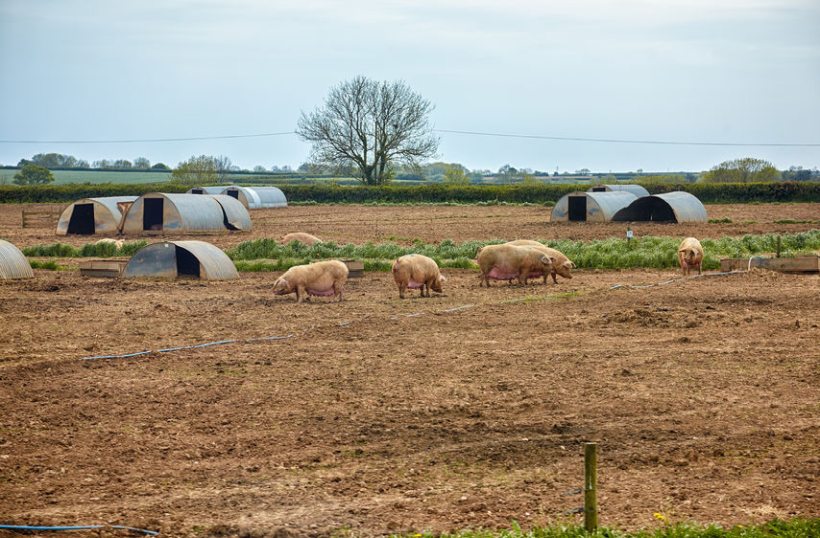
The vast majority of UK pig farms continue to have good levels of welfare and continuous improvements are being made, according to an industry scheme.
The data, published in a new report, show that on average, all the welfare outcomes measured, bar one, have shown improvements since the scheme was introduced in 2013.
It also confirms a slightly increasing trend for the enrichment use and that where welfare issues are found during an assessment, they are localised and not uniform across a farm.
The welfare measure with the lowest recorded prevalence was pigs requiring hospitalisation (0.05% of pigs), and the measure with the highest prevalence was severe body marks (0.18% of pigs).
More than 13 million pigs have been individually assessed by specially trained vets as part of AHDB's Real Welfare scheme.
The vets aim to provide a credible and benchmarked level of welfare, which has subsequently created the biggest database of its kind anywhere in the world.
Dr Mandy Nevel, AHDB Head of Animal Welfare, said: “This shows the scheme provides a positive impact, especially in providing good support to decrease lameness, severe body marks and improve hospital pen management.
“It also continues to build on the partnership between farmers and vets, providing an excellent basis from which to drive, and evidence, the pig industry’s commitment and achievements in continuous improvement in pig welfare.”
Real Welfare assessments are a requirement of Red Tractor and Quality Standard Meat farm assurance schemes.
Through the scheme, vets routinely assess four welfare measures on pigs over 50 kg. These are: Hospital pigs; Lameness; Tail damage; Body marks.
A fifth measure, environmental enrichment, is optional, although the type of enrichment found in pens must be recorded.
